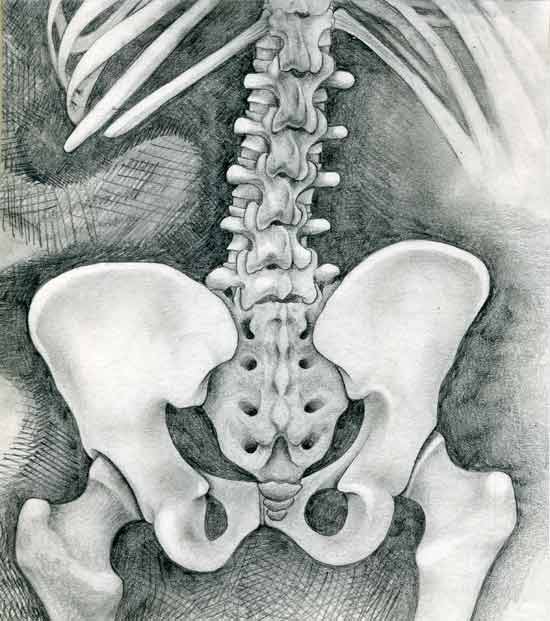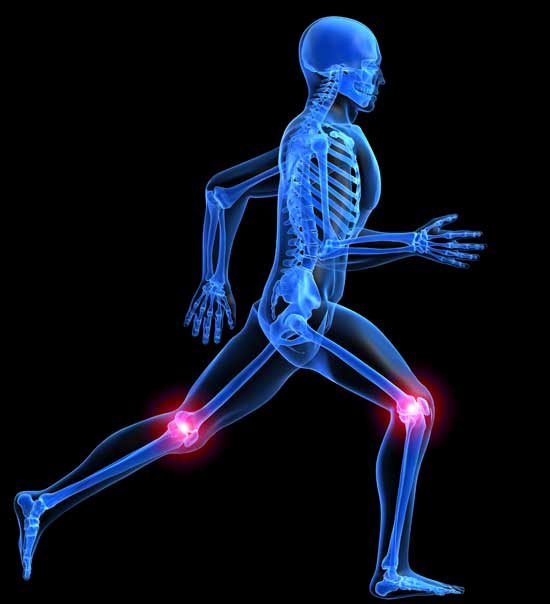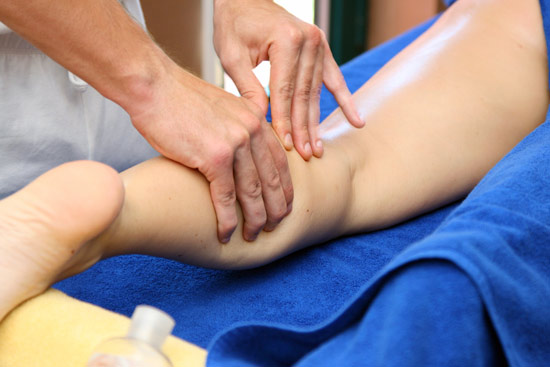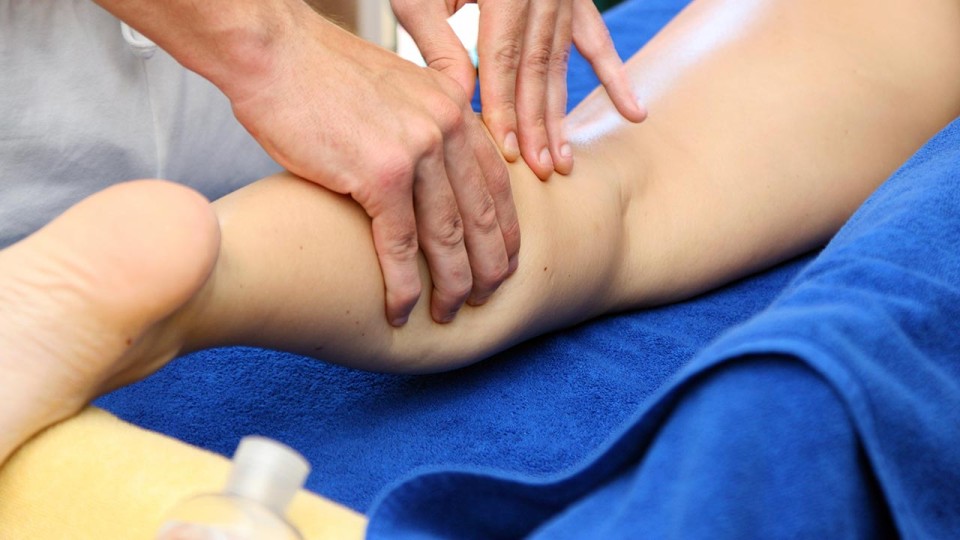Endurance running is in the genetic make-up of every human being. It’s one of the things that we have evolved to do. When you compare many of the physical attributes of man, such as strength, speed and agility, with that of other members of the animal kingdom, we don’t fare so well. For example, a dung beetle can roll up to ten times its own weight. A cheetah is reported to have reached phenomenal running speeds of 120 km/h (75 mph). The Thompson’s gazelle can leap up to 30 feet per stride and can jump as high as 10 feet.
When It Comes To Endurance Running, Man is KING!
But when it comes to endurance running, man is king! It is believed that our ancestors would use running as a fundamental part of the hunting process during which the animals would be pushed to the point of exhaustion, allowing the hunter to catch his game. We have evolved to be endurance runners. Many features of the human anatomy prevent us from overheating during running, including our furless skin and our narrow trunk, waist and pelvis which allows for greater cooling during running due to the increased skin surface.

Further, several anatomical features help to stabilise the body during the running motion, including shorter forearms, which enable the upper body to counterbalance the lower body and the strong connection between the pelvis and spine which provides both stability and shock absorption. Also tendons in the lower limb and foot have very effective elastic properties which help the runner to move efficiently.
Today, ultra endurance runners demonstrate just how far man can push his body to cover vast distances on foot. Whilst most of us will not cover, or even attempt, such extreme distances, with the right training and preparation, most of us have the ability to run distances ranging from 5km to the full marathon distance of 42.195 km.
Given that we have evolved to run, why then is it that such a high percentage of us experience injuries or pain as a result? If our bodies are adapted to running, then surely they should be able to deal with the stresses of running without breaking down and becoming injured. Many runners will experience pain or injuries at some point. Some will be plagued by recurring injuries, while others may experience a myriad of different injuries throughout their running career. Sadly, many individuals will feel that the only solution to dealing with such injuries is to cease running. In most instances this should not be the case!
Why Are Running Injuries So Common?
The problem is that our bodies evolved to be able to run long distances in an environment of the distant past and not our modern one. Unlike our ancestors, we no longer spend hours chasing game or scavenging for food.

We have become much more sedentary, with many of us spending large parts of our day sitting at a desk or in a car. Most of us rarely walk any significant distances, let alone run them! Many of us who do run or walk will do so on flat artificial surfaces wearing shoes. Our training will often be sporadic rather than consistent and life will often force us to go through long periods in which we do not run or engage in any exercise whatsoever. We therefore struggle to develop the strength, flexibility, endurance and muscle and joint control which are needed for long distance running.

We engage in running as a sport rather than as a means of survival, some of us pushing our bodies harder than they can tolerate and sometimes even over-training in the hope of performing at our best. Another source of problems can be old injuries which no longer cause pain but may have a detrimental effect on our running bio-mechanics. For example, an old sprained ankle may alter movement in the foot, causing change throughout the rest of the lower limb bio-mechanics when running. This may, in turn, trigger further injuries such as knee pain or lower back pain.
Running Injuries Can Often Be Avoided
There most certainly is a solution, and it can be very straightforward! Many running injuries can be avoided by applying some basic training principles such as training progressively and consistently. Runners should build up their training slowly, both in terms of time and distance, and they should aim to train as regularly as possible and certainly take things very easy if they have not run for a while. These training principles should be combined with coping mechanisms such as cross-training and stretching whilst finding balance between training with rest.

If injuries do occur, they can often be self-managed with a little ice, rest and stretching. Some injuries will however need the help of a professional. Where professional help is necessary, most running injuries can be treated successfully by a manual therapist such as an osteopath without resorting to surgery. It is always advisable to pick a professional experienced in dealing with running injuries.
In less common cases, intervention from an expert such as an orthopedic surgeon may be needed and manual therapists are trained to recognise when such steps become necessary and to make the required referrals.
Sometimes Help Is Needed From A Professional
A good manual therapist will help you to address dysfunctional movement patterns developed as a result of living in a modern environment, and to restore movement in joints and muscles that may have become restricted. If there is too much movement or poor muscular control in a joint, an osteopath with experience in treating running injuries will be able to give you exercises to strengthen and re-educate muscular control where required. Treatments should focus not only on the site of pain but will also work on the body as a whole, identifying aberrant movement in other parts of the body which may impact on the injured site. The practitioner will have a good understanding of training principles and will be able to advise how to modify your training accordingly in order to allow for proper healing and recovery of your injury as well as the prevention of re-injury.

I have treated many patients who have been instructed to stop running in order to manage their knee pain, back pain or other running-related injuries. I follow the principle that our bodies were designed to run, therefore with good training principles and corrective assistance where necessary, there is no reason why most of us should not fulfil our full running potential!
Look out for my future articles when I will expand on many of the topics touched on here. The next article will cover practical tips to prevent running injuries.





